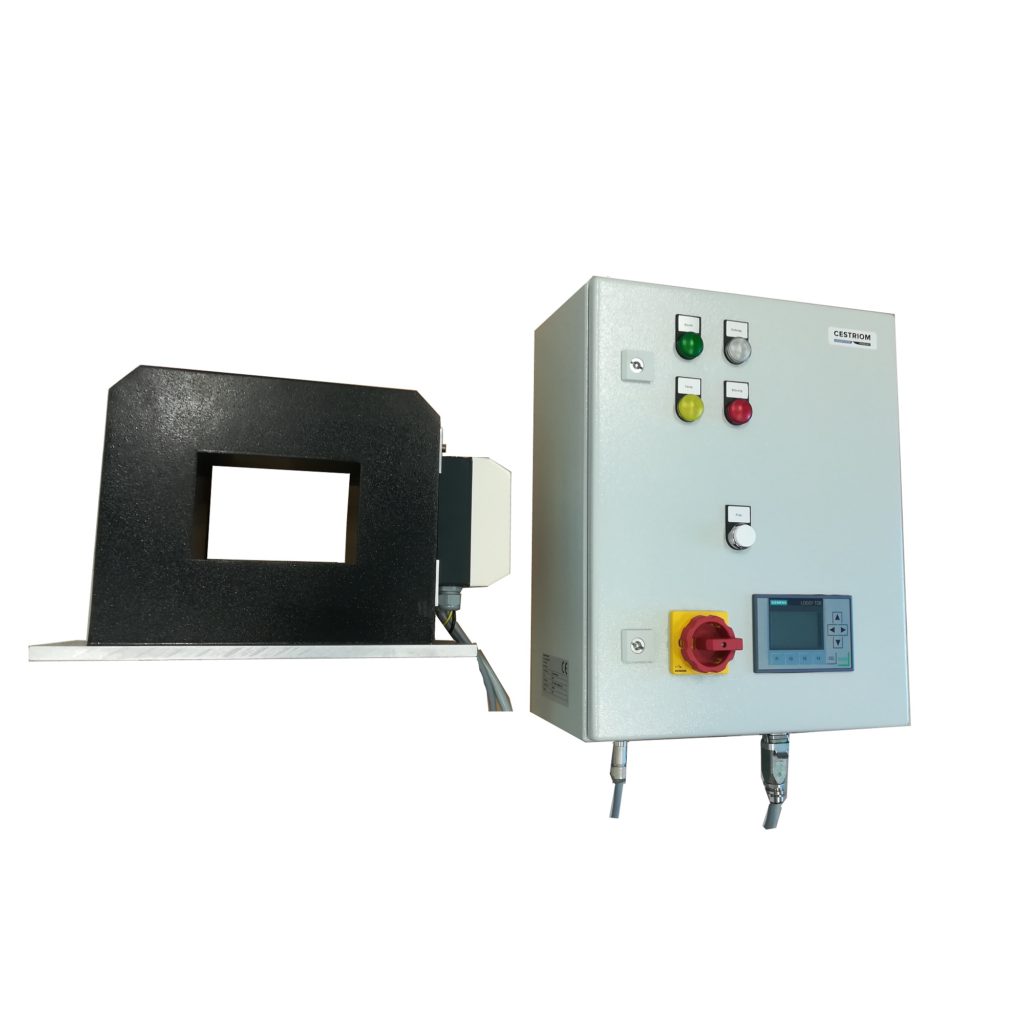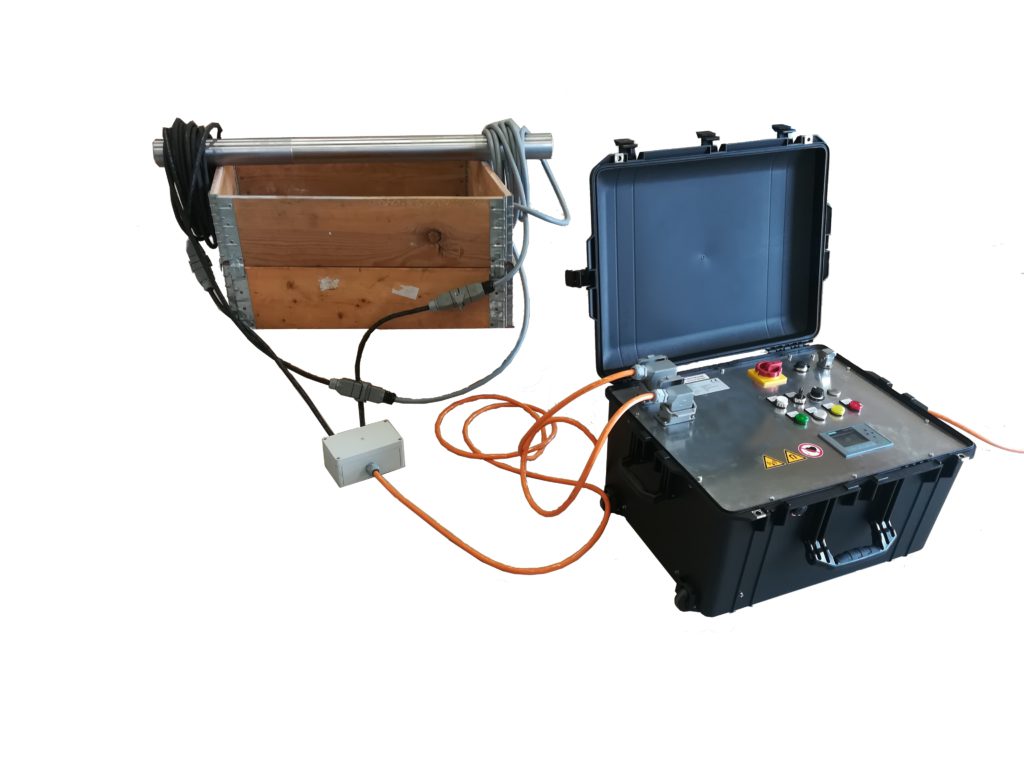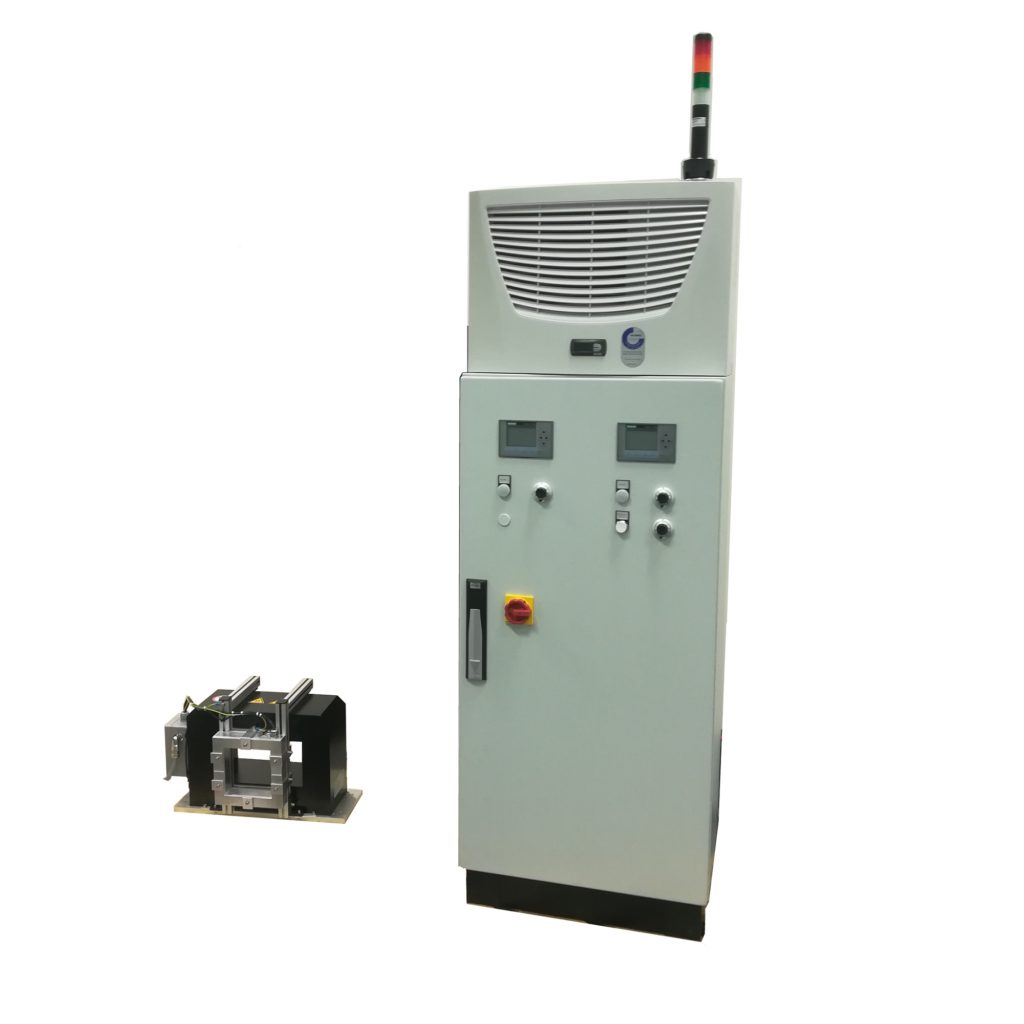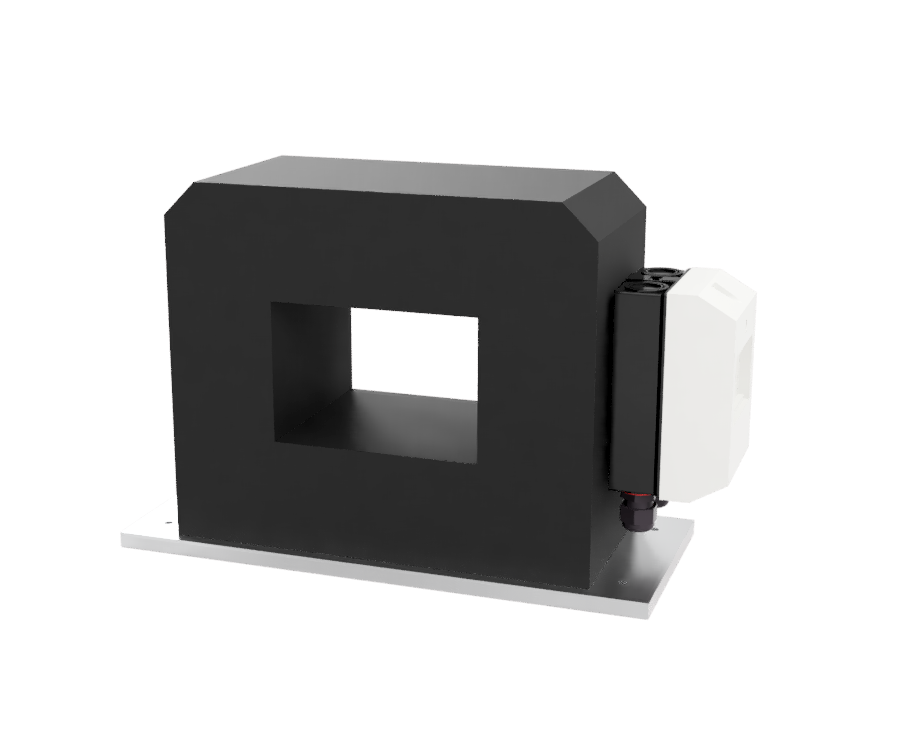The demagnetization of ferromagnetic components offers advantages in many industrial applications. A description of selected application areas can be found below:
Magnetic adhesion of abrasion and chips:

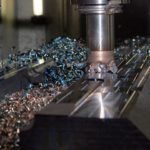
Manufacturing processes produce residues which can attach to parts or tools. This risk is enhanced on parts with high residual magnetism. A paper clip for example adheres to a surface which is magnetized to about 25…35 Gauss. A twice as high residual magnetism causes an approximately 4 times higher magnetic attraction force (quadratic relationship). Any reduction in residual magnetism thus already causes a disproportionate reduction of the issue.
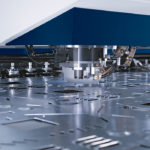

Production disturbances arise due to magnetic adhesion of residues and particles in the following processes:
- punching
- chip removal in NC machines
- lapping or honing
- powder metallurgical processes
Technical cleanliness of components:
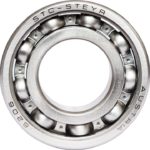
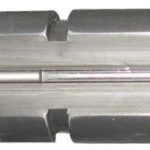
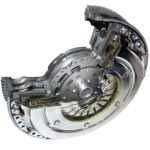
Fine contamination such as particles, flakes, etc. is generated while producing metal parts. The risk of magnetic particle adherence is already given at a residual magnetism above 4…6 Gauss, under the condition that the contamination exhibits ferromagnetic properties. As a result parts get not completely free of particles after cleaning and technical cleanliness requirements are not met in a process safe manner. At particle sizes smaller than approximately 200μm, even residual magnetism below 4…6 Gauss must be considered as a potential disturbance variable.
Arc welding:
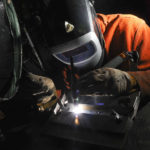
In arc welding (TIG, MIG, MAG, etc.), material is melted by the electric arc generated by direct current and / or alternating current. The current flow itself generates a magnetic field. The arc consists essentially of electrically charged particles that are deflected under the influence of magnetic fields (Lorentz force). This deflection of the arc (magnetic arc blow) interferes especially with automated welding methods. Other effects of excessive magnetism are spatter formation and irregular droplet detachment.
The steel components to be welded exhibit often increased residual magnetism. The technology of the welding device, the grounding system, current amplifiers etc. are further parameters which favor or weaken unstable arcs. In many cases, however, the difficulties can be eliminated or at least reduced by the demagnetization of the components to be welded.
The residual magnetism target to avoid welding problems is quite broad between 5 and 40 Gauss (depending on the welding process).
Electron beam applications:
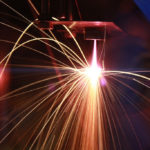
Magnetism acts on the electrons of the electron beam (EB) and directs them by means of Lorentz force. This is also used to deflect and focus the electron beam in the desired direction. The electron beam is deflected in an uncontrolled way however, as soon as unknown magnetic fields are present in the path of the electron beam. This is an undesirable phenomenon and leads, for example, to inaccurate EB welding seams or blurred images in SEM microscopes.
Unintentionally magnetized parts in production or assembly of a beam machine can cause an unwanted beam deflection. In these cases, careful demagnetization of the corresponding parts is advantageous or even imperative.
Examples:
- Degaussing components before EB welding or hardening.
- Demagnetizing components of SEM microscopes or EB lithography systems.
- Demagnetization of building parts, in which highly sensitive EB systems are used.
Eddy current sensors:

The eddy current principle is widely used in inductive sensors and for non-destructive testing (NDT) of electrically conductive materials. An alternating magnetic field of a certain frequency is generated in a coil, and the change in coil inductance is evaluated as a function of the tested material. Alternatively, there are systems which operate with an independent sensing coil, in which the induced voltage is detected. Many interesting test information can be determined by the eddy current method.
The voltage induced in the coil also depends on the residual magnetism on the tested surface. Inhomogeneous residual magnetism causes induced voltages in the sensing coil. This voltage leads to a misinterpretation of the signal. High pseudo rejection rates of over 10% in fully automated testing applications, like grinding burn or crack detection, may be the unwanted result.
In the case of eddy current-based condition monitoring systems for turbines, compressors or pumps, magnetic spots may cause a noisy signal orbit (increased electrical runout).
Improvements are achieved in each case by appropriately demagnetizing the test surfaces before the eddy current process.
Coating processes:
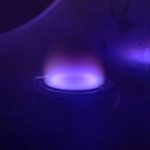
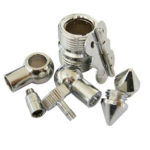
Galvanic as well as CVD/PVD processes react sensitively to contamination and also residual magnetism. Adhesion of small particles leads to roughness or weak attachment of the coating. Residual magnetism can also have an influence on the layer structure (ion deflection by Lorentz forces and / or attracting forces on paramagnetic ions in the near surface area). The demagnetization of the parts and their surfaces results in significantly more stable coating processes.
Magnetic particle inspection (MPI):

Parts with strong surface residual fields impair a clear crack indication during magnetic particle inspection or lead to false readings. Not all magnetization or demagnetization devices provide the necessary power reserves to adequately neutralize such residual fields.
The parts are usually demagnetized after the testing process. MPI testing with DC (or HWDC, FWDC) magnetization leads to strong residual magnetic fields. Powerful demagnetization systems are often needed in order to safely achieve required residual magnetic field strengths.
Magnetostrictive sensors:
Magnetostrictive sensors use the physical effect of length change of ferromagnetic material under the influence of magnetic field. Another used effect is the change in magnetic permeability under the influence of mechanical forces (tension / pressure).
Magnetostrictive torque sensors, magnetostrictive position transducers, and magnetostrictive force sensors are used in mechanical systems made of ferromagnetic steel. This steel can be more or less strongly magnetized by manufacturing processes or other influences. This residual magnetism can influence the function of the sensor.
Even very small magnetic field changes of the magnitude of the earth’s magnetic field can lead to signal fluctuations in certain magnetostrictive sensor configurations. Decisive for the signal quality is therefore a tuned demagnetization of the ferromagnetic parts, which are in direct interaction with the sensor.
Further applications in demagnetization:
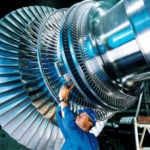

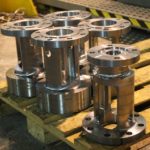
Demagnetization for
- avoiding residual magnetism induced shaft voltages or shaft currents in compressors, pumps, electric machines, turbines and gearboxes.
- minimizing the influence of magnetic stray fields on sensors and instruments (inductive sensors, Hall sensors, fluxgate magnetometers, precision scales, etc.).
- reducing magnetocorrosion.
There exist numerous other cases in which the demagnetization of ferromagnetic materials provides positive effects.
The effects of magnetic fields are not obvious in complex processes. We can bring our knowledge and experience to find solutions in a targeted way.
Contact us for solutions.
Related products:
